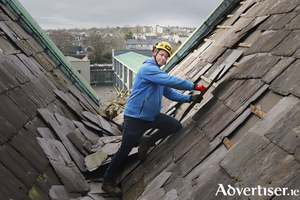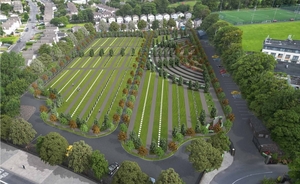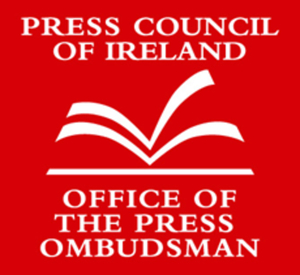Search Results for 'New cemetery'
27 results found.
Grealish’s Saddlery
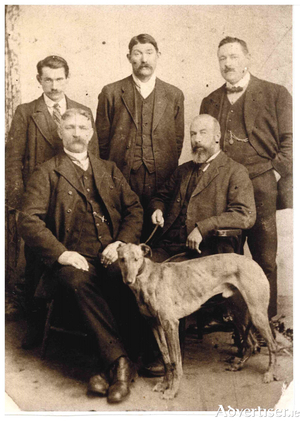
Michael Grealish served his apprenticeship (it cost him 100 guineas) in Garret’s Saddlery in Eyre Square, roughly where the Imperial Hotel is today. When he finished, he decided to set up his own saddlery business at the beginning of the last century at Number 2, Eyre Square. At the time, the horse reigned supreme. There were regular horse fairs in Eyre Square at the time and this obviously helped his start-up.
Remembering ‘Williameen’ McDonagh
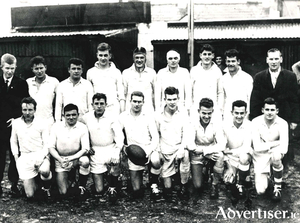
We have two photographs today of groups from Our Lady's Boys' Club. Firstly, a club rugby team that made history by winning the Connacht Junior League for the first time in 1959, and secondly, some club members taken on the annual camp in Lough Cutra Castle, c1956.
Talk on disbandment of Connaught Rangers
‘Commemorating the armistice, reflecting on disbandment, and looking to the future’ a short talk by Dr Tony King, Connaught Rangers Association Liaison Officer, will be given at Menlo Park Hotel this Sunday November 13 at 4.30pm.
The boy from the Jes, who became the voice of Germany
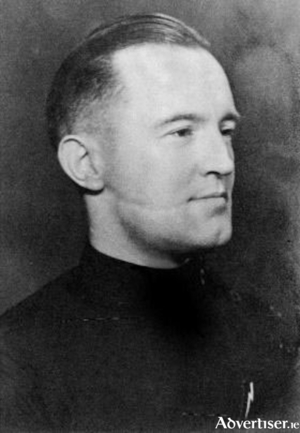
The late Billy Naughton, College Road, said he spluttered into his cup of tea, when he instantly recognised the upper-class, nasal drawl, of William Joyce reporting continuous Nazi victories on Radio Hamburg, Reichsrundfunk, during its English-language broadcast in October 1939. He was ridiculed as ‘Lord Haw-Haw’ and was the butt of Musical Hall jokes, yet he was listened to and despised for his clever mix of fact and lies.
Bohermore and some of its people
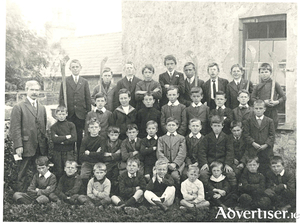
On the 1651 map of Galway, Bohermore is shown as running from The Green (Eyre Square) to the present Cemetery Cross where the ‘Old Gallows’ was located. There was also a gallows ‘where justice is executed’ near the Green. To the left and right of Bohermore, the land was known as St Bridget’s Hill and the region around Prospect Hill was known as Knocknaganach (Cnoc na Gaineamh), the Sandy Hill.
The end of the line
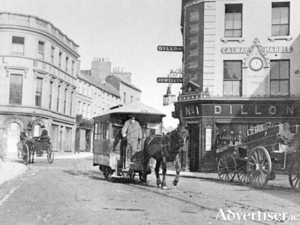
Fifteen years before the Galway-Clifden railway started, the first light-rail track laid in Galway was the tram service to Salthill. For more than 39 years a series of horse-drawn trams ran from the depot in Forster Street, along the east and south sides of Eyre Square, heading west through Shop Street and Dominick Street, over the bridge, and along the Salthill road. Then it was in the countryside with open fields and thatched cottages. The line came to an end at the Eglinton Hotel (now a hostel), where the horse was switched to the other end of the tram for the return journey. The Eglinton became Europe’s most westerly tram terminus.
Passing of Dermot Murray, well-known businessman and entertainer who performed for tens of thousands of city visitors
One of Galway’s best known businessmen Dermot Murray, Ard Aoibhinn, Dalysfort Road, died peacefully at University College Hospital last Friday.
Castlebar Municipal District Briefs

What were the councillors of the Ballina Municipal District talking about at their latest meeting?
